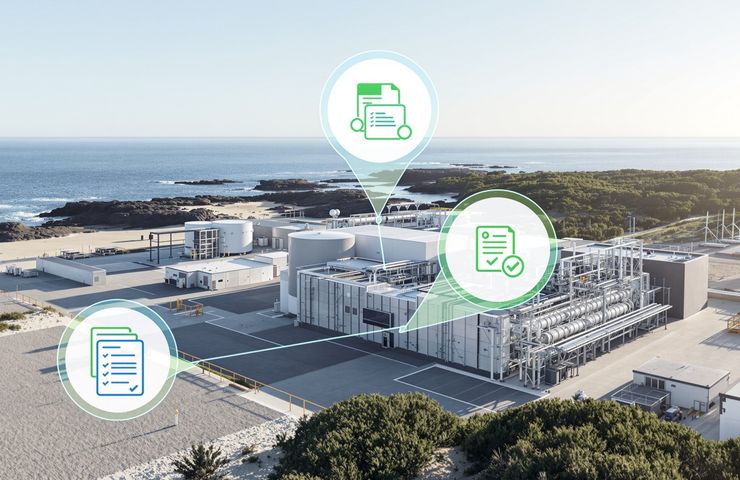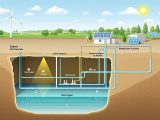
Platts Updates REC Inputs for Carbon Neutral Hydrogen
October 22, 2025On October, 2025, Platts—a division of S&P Global Commodity Insights—gave its price assessment methodology a facelift. Now, when it comes to factoring in US Renewable Energy Certificate (REC) data for Hydrogen Origin Certificates (h-OC) and Carbon Neutral Hydrogen (CNH), benchmarks in California and the US Gulf Coast get extra scrutiny. These two regions are at the heart of America’s push on hydrogen production and cutting industrial emissions.
Rigorous REC Tracking for Hydrogen Markets
The new game plan links renewable electricity buys directly to hydrogen output. In plain English, every megawatt-hour of green power that producers claim must be backed by solid, on-the-record RECs. By tweaking how REC volumes feed into h-OC and CNH price calculations, Platts expects price signals for green hydrogen and other low-carbon options to be sharper and more in line with real renewable energy use.
Technical Snippet
Under this setup, if you’re a hydrogen producer, you need to show verified RECs that match your electrolyzer’s power draw before earning an h-OC. On the CNH side, lifecycle emissions math now uses updated REC retirement rates, giving more accurate carbon offset numbers. Essentially, Platts is syncing its benchmarks up with rising global hydrogen certification norms.
Why This Matters
Clear-cut hydrogen certification is more critical than ever, especially as policies, voluntary buyers, and compliance schemes lean on proven renewable inputs. Platts’ tightened methodology helps:
- Boost investor confidence by tying price premiums to verifiable green energy use.
- Back offtake deals that depend on rock-solid carbon neutral hydrogen claims.
- Bring US benchmarks closer to European Guarantees of Origin and other global standards.
Regional Hotspots: California and the Gulf Coast
California is the frontrunner in renewable integration and green hydrogen policy, with cap-and-trade programs fueling demand for certified low-carbon hydrogen. Meanwhile, the Gulf Coast still churns out most of the country’s blue and gray hydrogen via steam-methane reforming. The updated REC rules let Gulf Coast projects stack renewable attributes more credibly, leveling the playing field for new electrolyzer ventures.
Market Ramifications
- Trading behavior: Granular REC data could kick off secondary markets for retired certificates.
- Capital allocation: Lenders and equity funds may lean toward projects with airtight renewable input documentation.
- Regulatory alignment: Better transparency makes state and federal decarbonization reporting smoother.
- Cross-border recognition: Standardized benchmarks ease international hydrogen trade.
- Legacy pressure: Established producers will face more heat to clean up processes or buy offsets.
Historical Context and Global Alignment
Hydrogen certification has come a long way—from simple origin labels to full-blown lifecycle emissions accounting. Borrowing from renewable power markets, these systems evolve alongside policy twists and tech breakthroughs. Platts’ update is another leap toward syncing US hydrogen benchmarks with the EU’s CertifHy and similar schemes in Asia.
Looking Ahead
As electrolyzer installations pick up pace and corporate buyers chase zero-emission footprints, REC-backed price gauges will become a key indicator of the green hydrogen market’s health. Keep an eye out for more tweaks—think time-of-generation tags or location-based adjustments—that could fine-tune hydrogen production price signals even further.
Bottom line, Platts is sending a message: the days of unchecked “greenwashing” are numbered. In its stead, we’re getting a tighter, more transparent market for truly sustainable energy products—and a clearer roadmap for industrial players ready to decarbonize.



 With over 15 years of reporting hydrogen news, we are your premier source for the latest updates and insights in hydrogen and renewable energy.
With over 15 years of reporting hydrogen news, we are your premier source for the latest updates and insights in hydrogen and renewable energy.